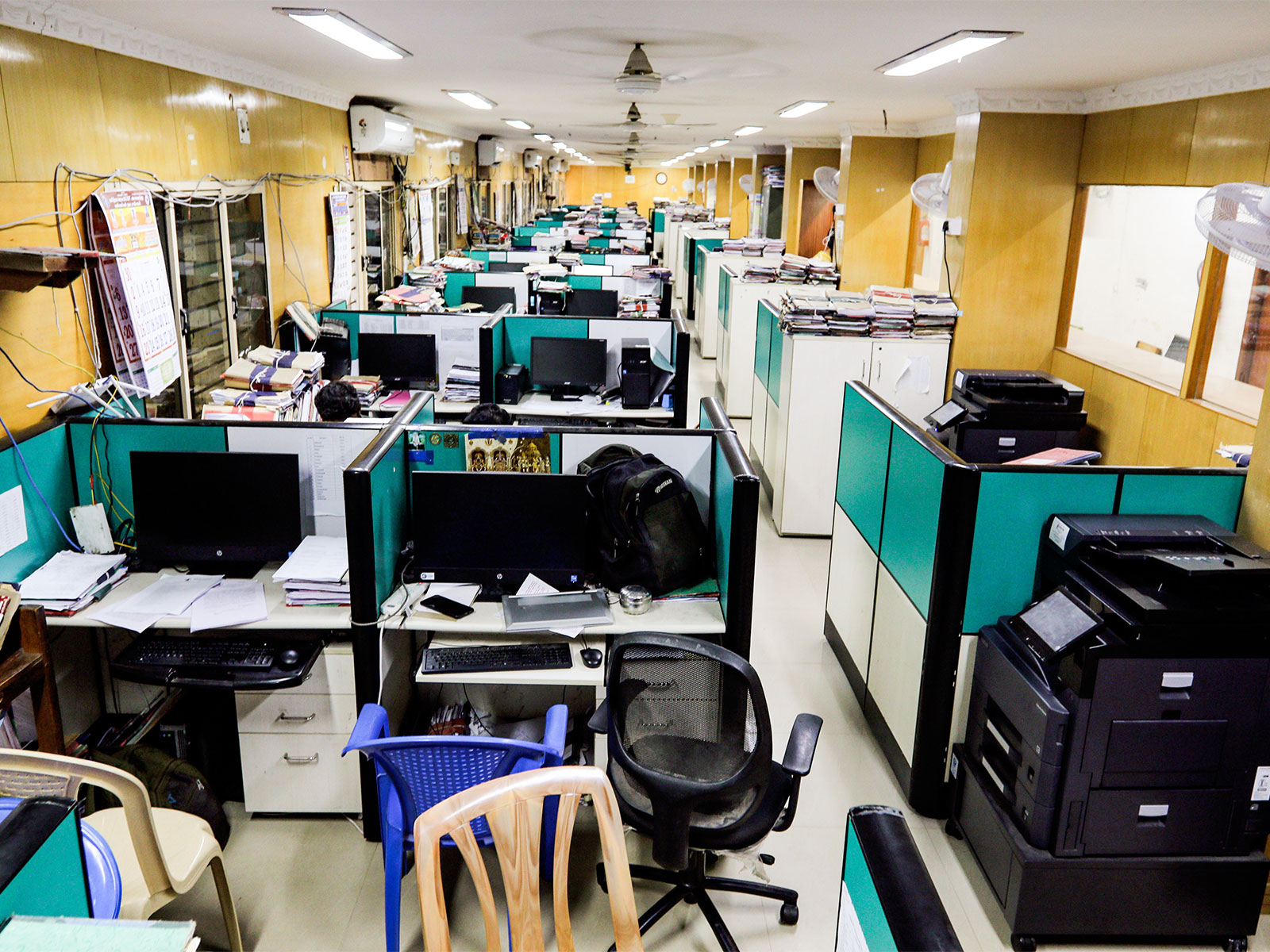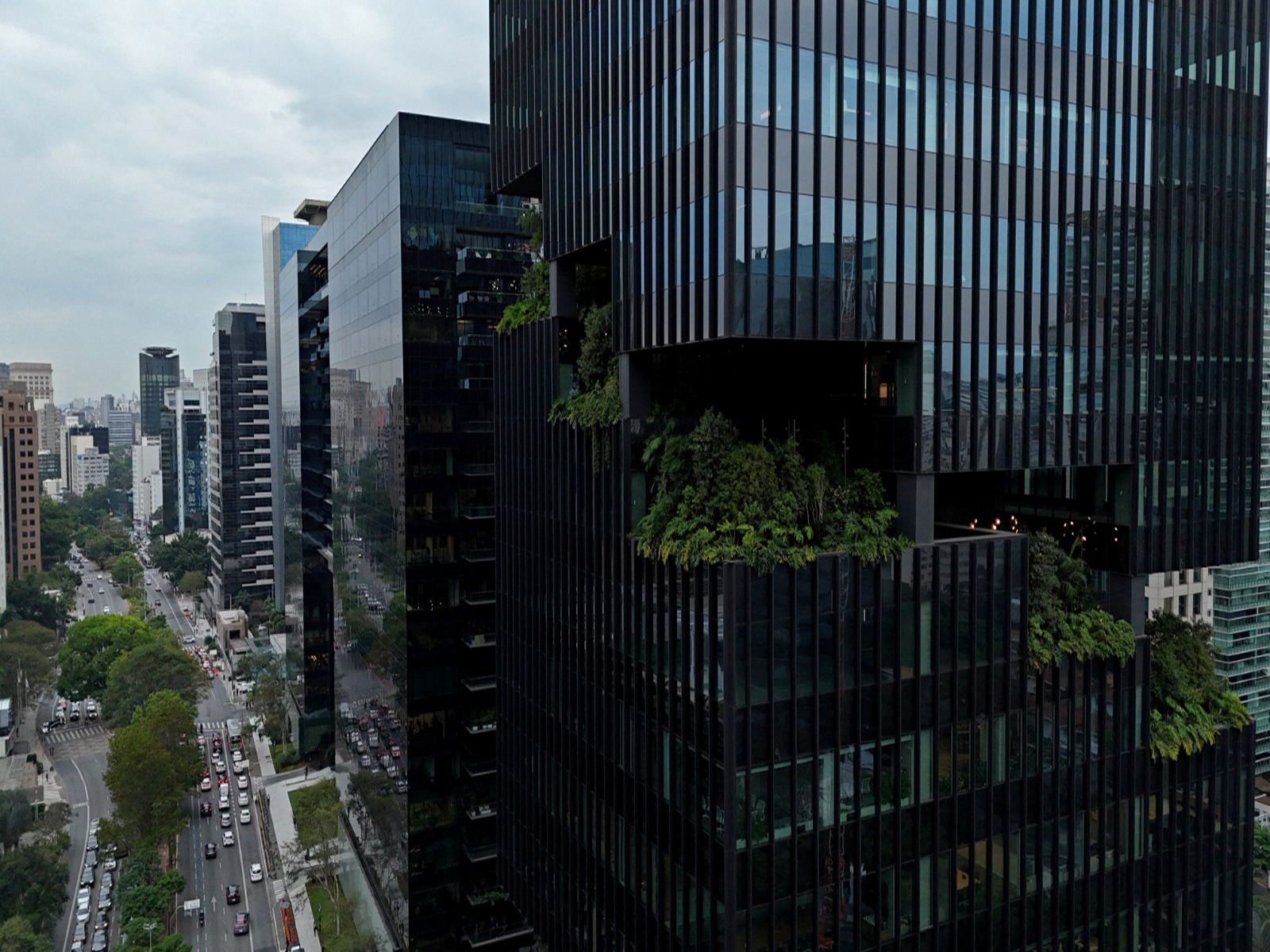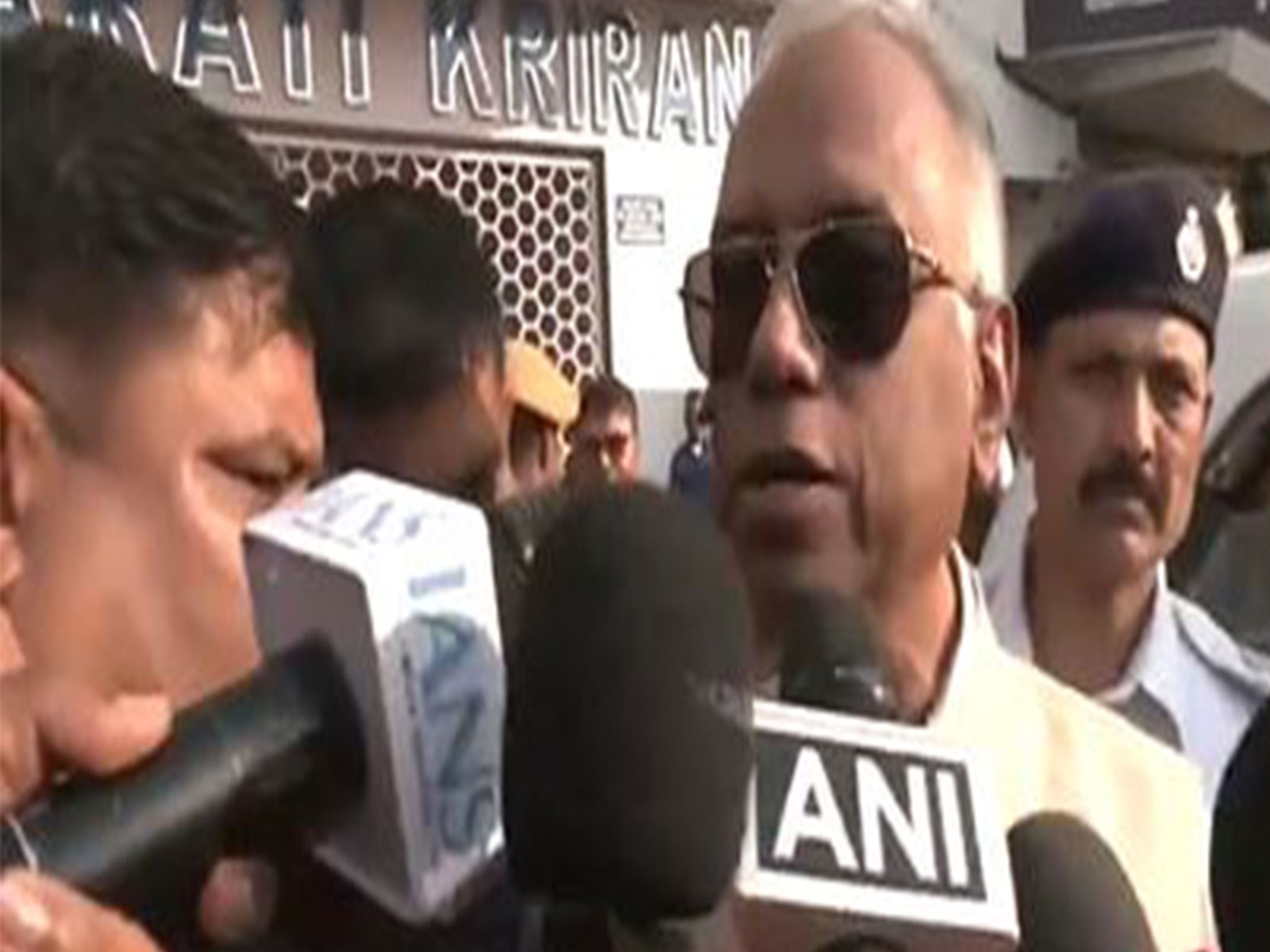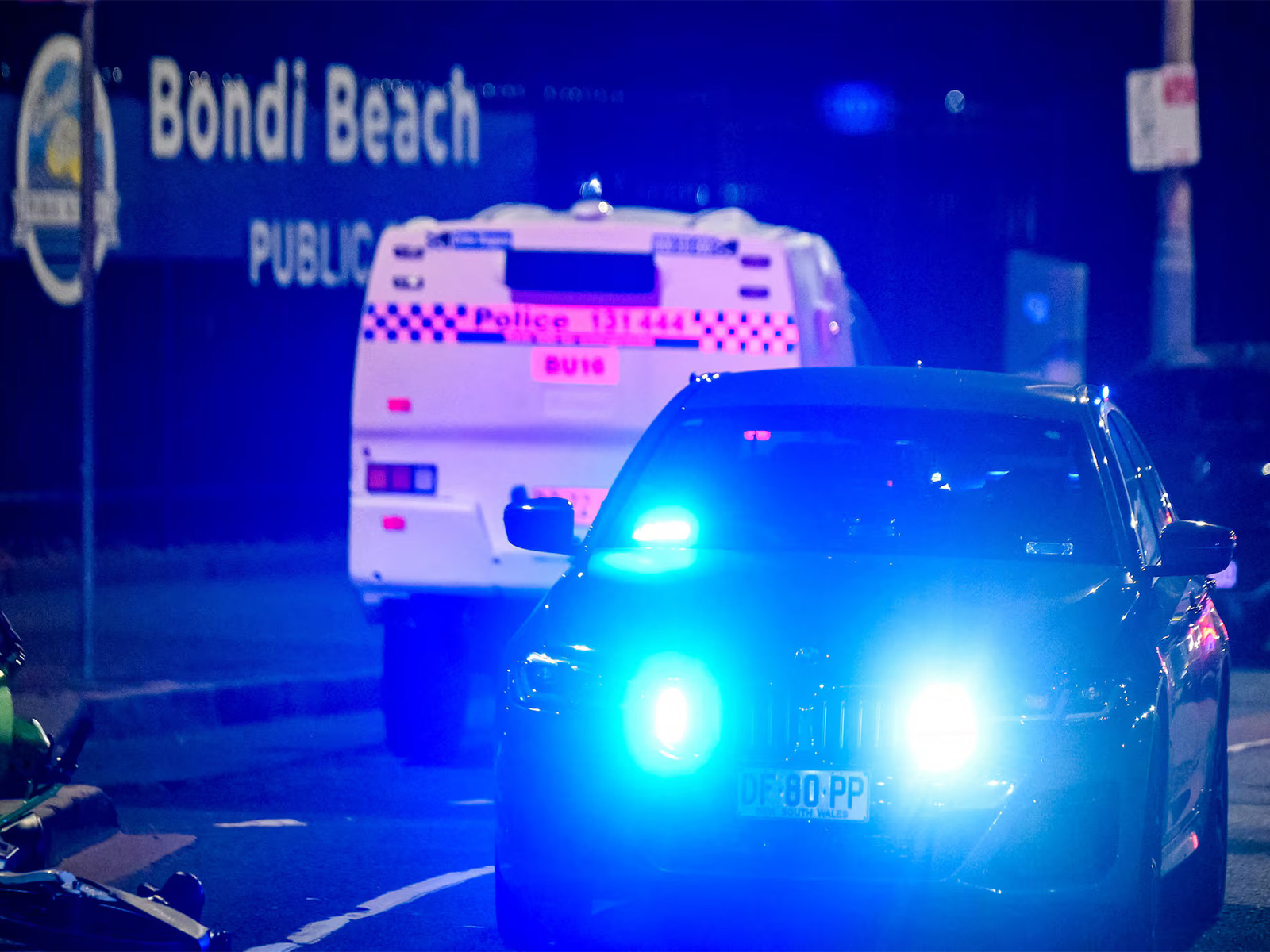Mumbai-Ahmedabad bullet train: Rainfall monitoring system to be installed in areas susceptible to heavy downpour
Jun 14, 2024

New Delhi [India], June 14 : To ensure the safe operations of ambitious bullet train services, an automated Rainfall Monitoring System has been adopted.
As per a statement from the National High Speed Rail Corporation Limited, the proposed system will provide real-time data on the rainfall using rain gauges, equipped with advanced instrumentation system.
Each gauge would contain a tripping cell that generates signal pulses in response to the collected rain volume. These pulses are transmitted via a signal communication line to the Facility Controller System at the Operation Control Centre (OCC), where they are displayed and monitored.
The system provides two critical measurement values: Hourly Rainfall: The amount of rainfall recorded in the last hour; 24-Hour Rainfall: The cumulative rainfall over the past 24 hours.
"These measurements are crucial for making informed decisions regarding train operations, particularly in areas susceptible to heavy rainfall and its effects on earth structures and natural slopes," the statement read.
It added specific regulations will be enforced based on the rainfall data and threshold values type of earth structure and natural slopes for each section duly validated by patrolling teams activated through Maintenance Centres.
Six instrumented rain gauge stations are proposed to be installed along the Mumbai-Ahmedabad Bullet Train corridor, in Thane and Palghar districts, specifically near vulnerable earth structures, mountain tunnel entrance/exit and tunnel portals etc.
"Areas with significant cuttings and potential landslide risks will also be closely monitored. Rain gauge influence radius is nearly 10 km," it added.
Railways Minister Ashwini Vaishnaw in March this year said that the much-awaited bullet train project will be ready by 2026, with services between Surat and Bilimora commencing initially.
The Mumbai-Ahmedabad bullet train corridor has been making steady progress since work began in November 2021. The project initially faced delays due to challenges in land acquisition.
Prime Minister Narendra Modi and his then-Japanese counterpart Shinzo Abe launched the project in Ahmedabad on September 14, 2017.
National High-Speed Rail Corporation Limited (NHSRCL) was incorporated on 12th February 2016 under the Companies Act, 2013 with the object of financing, constructing, maintaining and managing the High-Speed Rail Corridor in India.
The Company has been modelled as a 'Special Purpose Vehicle' in the joint sector with equity participation by the Central Government through the Ministry of Railways and two State Governments viz. Government of Gujarat and Government of Maharashtra.
As per the Joint Feasibility Study report of 2015, the project was estimated to cost Rs 108,000 crore, with an expected completion period of 8 years.




















